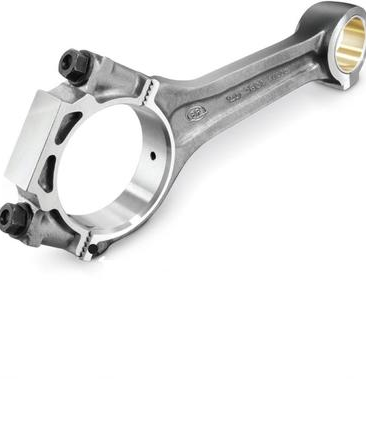A cast connecting rod is a critical engine component created through a process known as casting. This method involves pouring molten metal into a mold to shape the rod. Cast connecting rods offer several benefits, including cost-effectiveness, good strength-to-weight ratio, and suitability for mass production.
The Crafting of a Cast Connecting Rod
A cast connecting rod is manufactured through casting, an ancient and versatile process that involves pouring liquid metal into a mold. Once the metal cools and solidifies, the mold is removed, revealing a connecting rod that requires minimal additional machining. Casting allows for intricate design features and accommodates a wide range of metals, making it a popular choice for connecting rod production.
Advantages of a Cast Connecting Rod
One of the primary benefits of a cast connecting rod is its cost-effectiveness. The casting process allows for mass production with minimal waste, contributing to lower manufacturing costs. Additionally, cast rods typically have a good strength-to-weight ratio, making them suitable for a wide variety of applications, including automotive and industrial machinery.

Material Considerations in Cast Connecting Rods
Different metals can be used in the casting process, each offering unique properties. For instance, cast iron connecting rods are renowned for their excellent wear resistance and damping capacity, while cast aluminum rods are lighter and help reduce overall engine weight.
Limitations and Care of Cast Connecting Rods
Despite their benefits, cast connecting rods are not without their limitations. They may not be suitable for high-performance or racing applications due to their lower fatigue strength compared to forged rods. Moreover, care must be taken during handling and installation, as they can be more brittle than their forged counterparts.
Regular inspection and maintenance of cast connecting rods are crucial to ensure their longevity and the overall health of the engine. This includes checking for signs of wear or damage that could lead to potential engine failure.
In conclusion, a cast connecting rod provides several benefits, including cost-effectiveness and a good strength-to-weight ratio. Despite certain limitations, they remain a reliable choice for various applications, demonstrating the power and versatility of the casting process in engine component manufacturing.